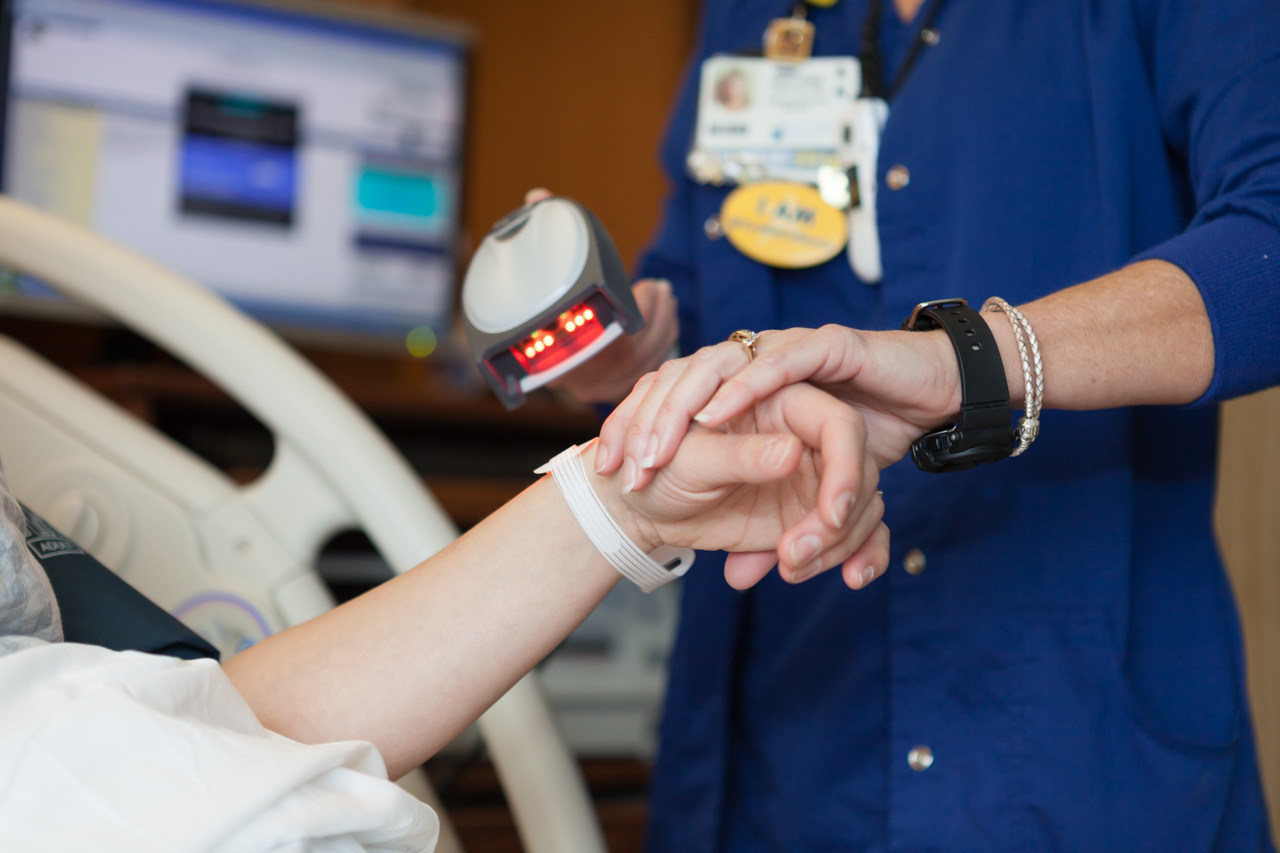In today’s fast-changing medical landscape, doctors, nurses, and staff need to know how to interact with information technology. At Mountain States Health Alliance (MSHA), a framework for adopting healthcare IT spurred large-scale, fast-cycle process improvement and culture change in a very brief period of time.
In today’s fast-changing medical landscape, doctors, nurses, and staff need to know how to interact with information technology. At Mountain States Health Alliance (MSHA), a framework for adopting healthcare IT spurred large-scale, fast-cycle process improvement and culture change in a very brief period of time.

Healthcare IT systems must address stakeholder objectives, otherwise even well-tailored software can fall short of requirements. Morris Seligman, MD, MBA, Senior Vice President and Chief Medical Officer of MSHA, is aware of the importance of a strategy and clear objectives from pre- to post-implementation for each hospital. This 14-hospital system headquartered in Johnson City, Tennessee, USA, spans four U.S. states and 29 counties and employs more than 9,000 team members. It operates 90 clinics. Yet, in just 18 months, MSHA completed 13 go-live processes without missing any major deadlines. This transformation happened through a brand-new IT Adoption Center, a framework developed in a close collaboration between MSHA and Siemens Healthcare Strategic Consulting Services.
A Rocky Road to Implementing a Healthcare IT System in Professional Practice
MSHA initially purchased the Siemens Soarian® Clinicals health information system in 2003, but doctors, nurses, and staff struggled to integrate the Computerized Physician Order Entry (CPOE) software seamlessly in their jobs. Furthermore, the health system used INVISION Financials from Siemens as well as 450 existing IT applications, such as laboratory systems and medical imaging IT. Not only did staff need training, but most software had to be integrated with Soarian Clinicals. The IT Adoption Center (ADOPT IT) helped staff understand the changes. The framework provided a carefully planned timeline, ongoing assessments of implementation processes, diligent project management, and sharing of best practice techniques. This collaboration also allowed communication of the adoption results to management and stakeholders. As a result, MSHA staff underwent a cultural change and improved attitudes toward the new healthcare IT project.
Healthcare IT Implementation Needs a Top-Down Approach
According to Paul Merrywell, MSHA Vice President and Chief Information Officer, one of the challenges was the amount of work and the limited time to complete it. It was important to have everybody on board, beginning at the top of the organization. The framework clarified the responsibilities of clinical informatics, physicians, nurses, technicians, as well as the role of Siemens support itself. The ADOPT IT leadership provided tip sheets for all hospital workers that answered the questions on “why,” “what,” and “how” of go-live. User opinions of the rollout fluctuated across hospitals, as expected, but six months after adoption, overall satisfaction rates in Tennessee and Virginia had reached 80 percent.
Here to Stay
MSHA, formed in 1998, is one of the largest healthcare systems in Northeast Tennessee and Southwest Virginia. It acquired its 14th hospital last year and more expansion plans are on the horizon. The need for healthcare IT software solutions that interact well with other systems, and a framework for rolling them out, will only increase with time. Merrywell admitted that the initial investment costs and tasks related to go-live are significant and can involve “a ton of work.” But the long-term advantages, such as patient care improvements and saving hospitals from redundant costs, will pay off, he said. And more disruptive technologies might be coming. According to Seligman, the team is changing from transaction-based to evidence-based and intelligence-based interactions. MSHA is installing MobileMD, the Siemens health information exchange and patient portal, to coordinate care at all physician practices. The upcoming patient-centered service is called Online Wellness Link (OWL).
Free to Focus on Patient Care
With the adoption center in place, MSHA employees have more time to focus on patient care. One particular issue of concern is septic shock, which occurs in up to two percent of U.S. hospitalizations each year and carries a high death rate. Using Soarian Clinicals business process management technology, the health system was able to dramatically reduce sepsis rates by 75 percent.
Simplifying Medical Decision-Making
Ken Wright, MD, of the Emergency Department at Franklin Woods Community Hospital, sees this power at work every time he cares for his patients. Being able to have access to all laboratory results, CT scans, and previous evaluations save time. He can now take more time with his patients.
“The More Information, the Safer the Patients”
When he worked with doctors on the front lines as the software went live, Seligman, a physician himself, saw most of the issues as educational in nature, rather than a reluctance to adopt technology. The key part of adoption for physicians is having a strong educational and training process, he said. For his part, emergency doctor Wright appreciates the crystal-clear information about a patient’s history and prescribed medications from any hospital or clinic in MSHA. According to Wright, the more information the software accumulates, the better off and safer his patients are as a result. More content and articles of interest are featured on Medical Solutions Online – the Magazine for Healthcare Leadership: http://sie.ag/1st0RVe